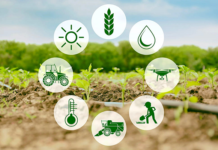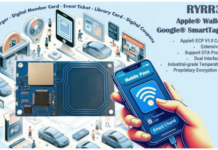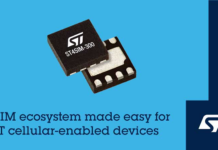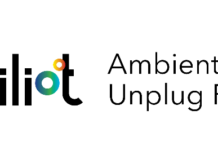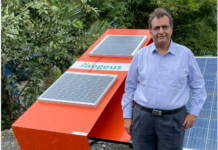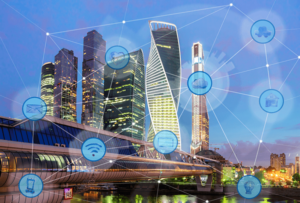
The Internet of Things may be giving over to the Internet of Everything as more and more uses are dreamed up for the new wave of Smart Cities.
In the Internet of Things, objects have their own IP address, meaning that sensors connected to the web can send data to the cloud on just about anything: how much traffic is rolling through a stoplight, how much water you’re using, or how full a trash dumpster is.
Cities are discovering how they can use these new technologies — and the data they generate — to be more efficient and cost effective in many different ways. And it’s a good thing, too; some estimates suggest that 66 percent of the world’s population will live in urban areas by the year 2050.
These are cutting edge ideas, but here are some of the most fascinating ways Smart Cities are using big data and the Internet of Things to improve quality of life for their residents:
- The city of Long Beach, California is using smart water meters to detect illegal watering in real time and have been used to help some homeowners cut their water usage by as much as 80 percent. That’s vital when the state is going through its worst drought in recorded history and the governor has enacted the first-ever state-wide water restrictions.
- Los Angeles uses data from magnetic road sensors and traffic cameras to control traffic lights and thus the flow (or congestion) of traffic around the city. The computerized system controls 4,500 traffic signals around the city and has reduced traffic congestion by an estimated 16 percent.
- Xcel Energy initiated one of the first ever tests of a “smart grid” in Boulder, Colorado, installing smart meters on customers’ homes that would allow them to log into a website and see their energy usage in real time. The smart grid would also theoretically allow power companies to predict usage in order to plan for future infrastructure needs and prevent brown out scenarios.
- A tech startup called Veniam is testing a new way to create mobile wi-fi hotspots all over the city in Porto, Portugal. More than 600 city buses and taxis have been equipped with wifi transmitters, creating the largest free wi-fi hotspot in the world. Veniam sells the routers and service to the city, which in turn provides the wi-fi free to citizens, like a public utility. In exchange, the city gets an enormous amount of data — with the idea being that the data can be used to offset the cost of the wi-fi in other areas. For example, in Porto, sensors tell the city’s waste management department when dumpsters are full, so they don’t waste time, man hours, or fuel emptying containers that are only partly full.
- New York City is creating the world’s first “quantified community” where nearly everything about the environment and residents will be tracked. The community will be able to monitor pedestrian traffic flow, how much of the solid waste collected is recyclable or food waste, and air quality. The project will even collect data on residents’ health and activity levels through an opt-in mobile app.
- Songdo, South Korea has been conceived and built as the ultimate Smart City — a city of the future. Trash collection in the city is completely automated, through pipes connected to every building. The solid waste is sorted then recycled, buried, or burned for fuel. The city is partnering with Cisco to test other technologies, including home appliances and utilities controlled by your smartphone, and even a tracking system for children (using microchips implanted in bracelets).
This is just the beginning of the integration of big data and the Internet of Things into daily life, but it is by no means the end. As our cities get smarter and begin collecting and sending more and more data, new uses will emerge that may revolutionize the way we live in urban areas.
Of course, more technology can also mean more opportunities for hackers and terrorists. (Anyone see Die Hard 4, where terrorists hacked the traffic control systems in Washington, D.C.?) The threat that a hacker could shut down a city’s power grid, traffic system, or water supply is real — mostly because the technology is so new that cities and providers are not taking the necessary steps to protect themselves.
Still, it would seem that the benefits will outweigh the risks with these new data-driven technologies for cities, so long as the municipalities are paying attention to security and protecting their assets and their customers.
What’s your opinion? Are you for or against more integrated technologies in cities? I’d love to hear your thoughts in the comments below.
I hope you found this post interesting. I am always keen to hear your views on the topic and invite you to comment with any thoughts you might have.



